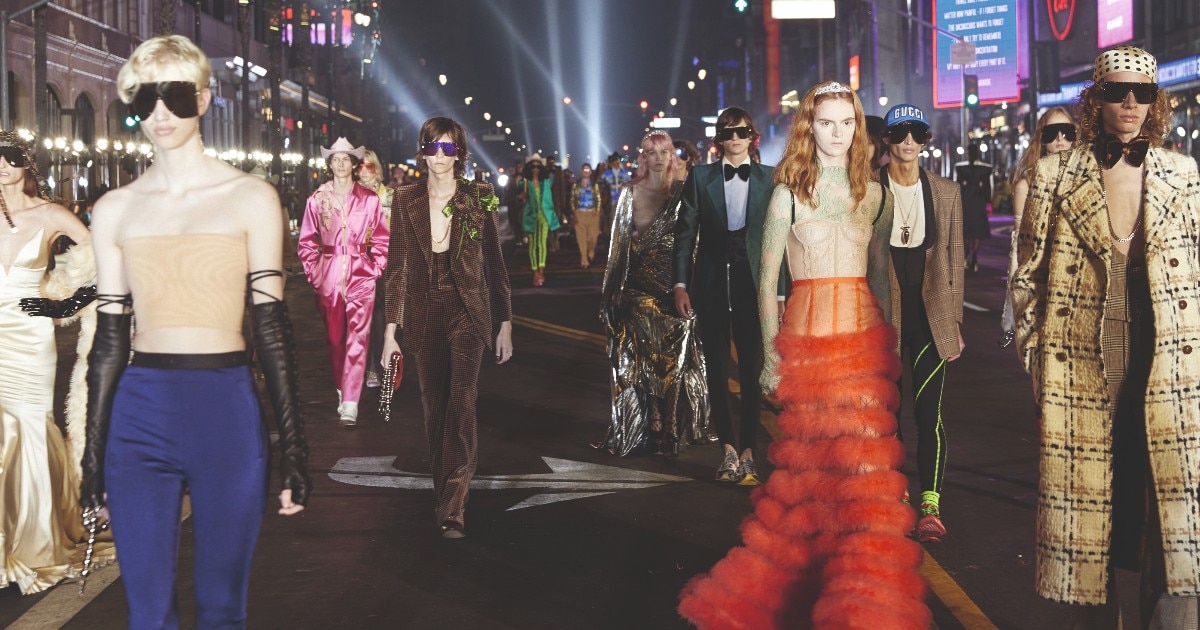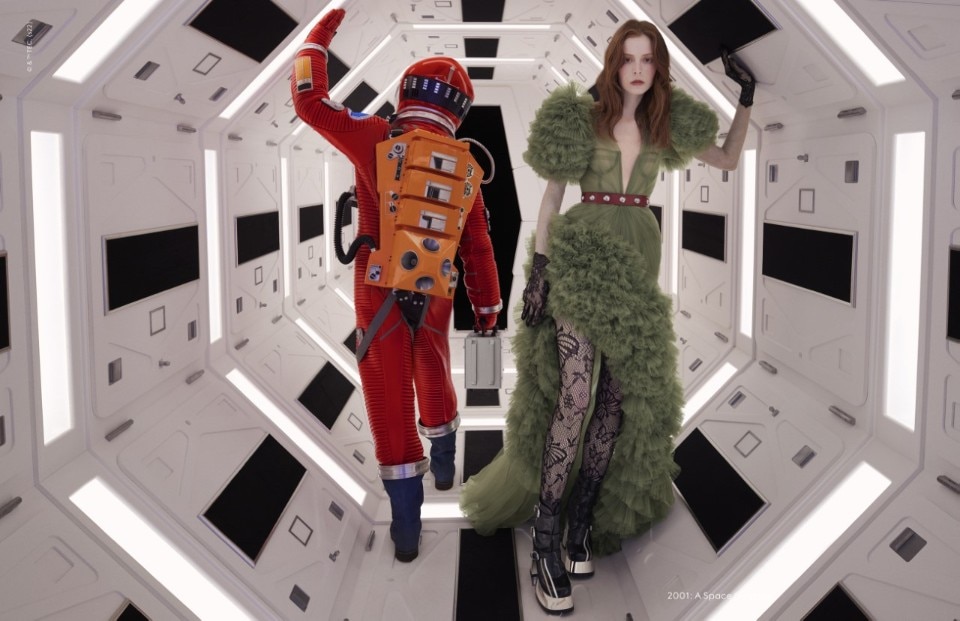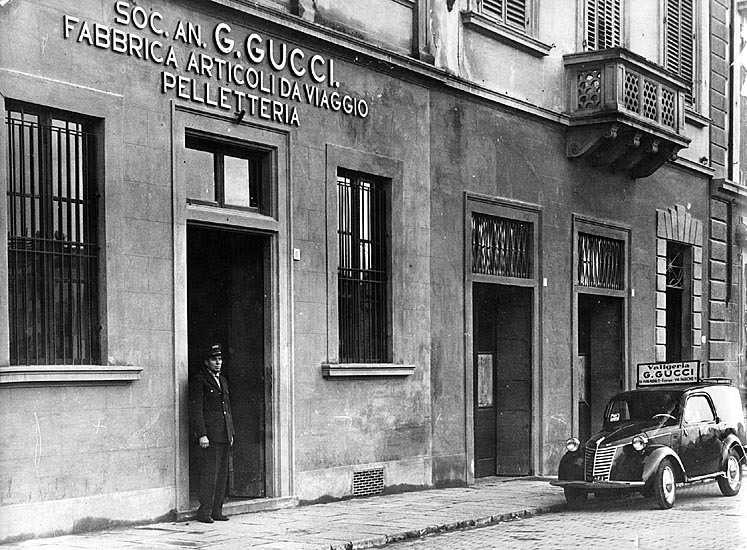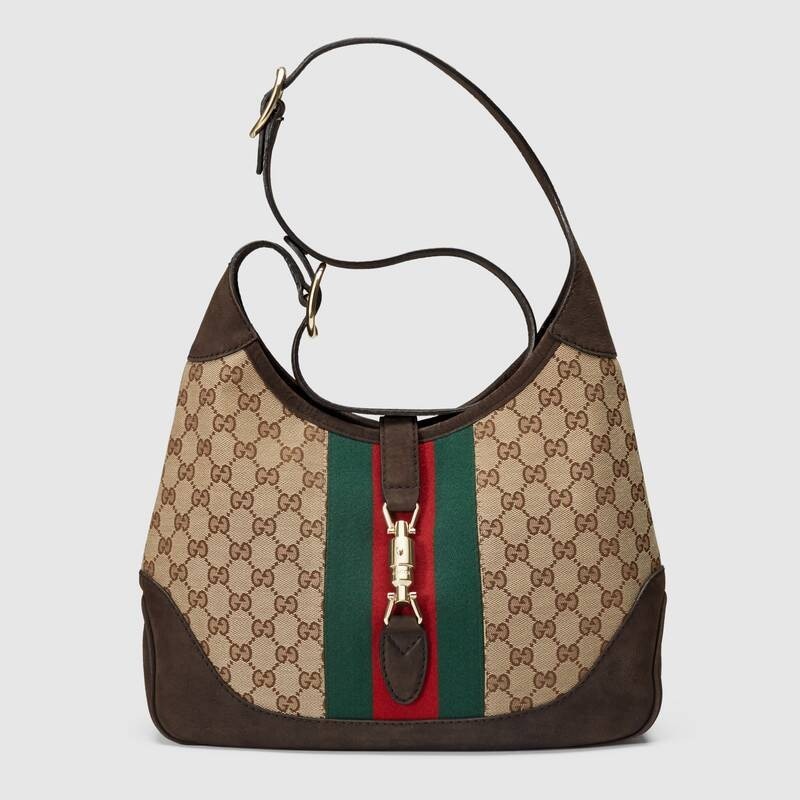Alessandro Michele, making his Gucci debut during the Milan Fashion Week in January 2015, revealed himself to the fashion world as a secular Christ: long, dark hair and beard. A white, oversized cable-knit sweater, which would come to define his image. The long, loose sleeves pulled up above the elbow, like the adult football shirts worn by the sport’s child prodigies, when still ripe in their traits but divine in their skills. Clasped hands, a bow.
Michele has indeed been a messiah for fashion in the last decade. Not only because in the aftermath of the sudden farewell of Frida Giannini, Alessandro, known as Lallo, accomplished the miracle of designing a mature and authentic collection within a handful of weeks, but above all because he was the demiurge of a watershed between an old and a new testament for the fashion industry, and well beyond the century-old Florentine house alone.
His time at Gucci isn’t to be cherished solely for the financial consolidation of the brand, but for the rise and global affirmation of a wider Gucci phenomenon, capable of crossing borders and social classes. It is, hence, no coincidence that his journey culminated in the recent capsule collection in collaboration with the cult London streetwear and skateboarding brand Palace.

Michele no doubt contributed to a new perspective on the relationship between fashion design and the broader realm of culture, whose affinities have since been rediscovered and widely cherished. Many have been the occasions in which such synergy was manifested, including projects like the Disco Diva festival, the production of Canzonette, an album of cover songs taken from the films of Pier Paolo Pasolini, the experience of the Gucci Circolo – clubhouse environments with reading rooms, rare book pop-ups, juke boxes and cafes – but also the philanthropic support of exhibitions, like “Fashioning Masculinities” at London V&A.
Not to forget the attentive eye directed towards the future of communication, with a plethora of Instagram filters and Gucci Vault, the Florentine maison’s corner of metaverse strongly wanted by Michele as a conceptual bridge between the past and future of the industry. And also the involvement in the brand of Glen Lutchford, one of the historical photographers of magazine The Face, or Michele's passion for cinema which culminated in the miniseries Overture of something that never happened (2021), co-directed with the legendary Gus van Sant.
We owe to Michele the will to rethink the catwalk environment, turning set design into a cardinal element of his collections. A theme that has become pivotal to many other brands, especially since the Covid-19 pandemic has brought them to find alternative and unconventional solutions to showcase their creations.
Take, for instance, the Gucci Fall 2018 collection which used an operating room as the embodiment of Michele’s ethos of cutting and sewing references together, while models held uber-realistic replicas of their heads, reptilians and other mythical creatures.
During Michele’s spell at Gucci we agreed to celebrate our enthusiastic submission to post-modernism, just like the creative director himself wittily pointed out in his “Copia Delle Copie Delle Idee” (“Copy of the Copy of Ideas”) embroidered jumper for the Pre-Fall 2018 collection, or in his series of designs using the word “FAKE” boldly printed over the traditional Gucci red-and-green band.
Using Dapper Dan – the legendary New York fashion guru who dressed the golden-age of Hip Hop with knock-off designs – as a face of his creations was part of Lallo’s aim to subvert the semantics of our pop heritage. By recognising the inevitable stratification and circularity of high and low culture he contributed to give birth to new design icons that were able to transcend fashion alone.
His references, which drew full hands from esotericism, art house cinema (Stanley Kubrick, Dario Argento, Gus Van Sant) and subcultures (northern soul, Italo Disco and glam-rock above all), were a joy for the sore eyes of all those alternative culture aficionados who finally saw themselves represented within a system of luxury and codes that had otherwise always been indecipherable and precluded to them.
After all, Michele’s Gucci excited us so much because it made us realise that the teenage dreams, made of decadent poets, gap-toothed rockstars and sweaty, hedonistic dances, could trespass the once untraversable demarcation wall of mainstream culture, reclaiming the coolness and contemporary strength they were long deprived of.

Next to a plethora of young talents embodying Michele’s pursuit for championing forms of unconventional beauty, Gucci based its success on a series of characters that never strictly belonged to haute couture, like the former One Direction Harry Styles or Italian rockers Maneskin. By doing so, Lallo became the secular messiah and demiurge of a scene of dedicated followers, and of a whole new lifestyle defined in its aesthetics, icons, sound, filmography and even literature which can now be considered a far from volatile post-subculture.
Who could have ever imagined Francesco Bianconi, frontman of Italian indie band Baustelle, taking the catwalk for Gucci like a decadent dandy? Or the involvement, also thanks to the work of Michela Tafuri, of niche music outcasts like Surfbort, Curtis Harding and Black Lips for the brand’s campaigns? In all fairness the use of music by Blonde Redhead to soundtrack Michele’s first runway show had subtly anticipated his future subversion of the industry.
Alessandro Michele, jointly with the fashion house’s CEO Marco Bizzarri, never made any mystery of wanting to open Gucci to an ambitious as well as needed dualism. On one hand the tracksuits, sneakers and accessories coveted by a widespread popular audience, and also simple t-shirts featuring gigantic a Gucci logo engraved on the front side; on the other collections of refined 1970s-inspired cuts, cultural initiatives and conceptual themes which captivated a new audience, equally distant from high fashion, to buy into the brand.
Add, then, the market’s obsession with the Metaverse, with Tik Toks and the renewed philanthropic role of fashion houses. As well as the difficulty to balance the will to celebrate Gucci’s heritage with the thirst for new products of its international clientele, to whom “Gyuccheee” has come to incarnate an ardent and revered desire for Made in Italy, luxury and a stratified iconographic pastiche.

Michele’s resignation suggests the end of a cycle, which will be no doubt easier to decipher posthumously. Lallo’s vision for Gucci seemed to have come to its end, engulfed in a semantic cul-de-sac, even parodic of the creative director’s vocation for the reiteration of a 1970s-to-1980s androgynous and ephebic iconography, one could argue. Gucci Garden, the Florentine museum dedicated to his work with the brand, jointly with the nextdoor restaurant Gucci Osteria da Massimo Bottura, stands (for now) as a testament, as both the climax and culmination celebrating Michele’s vision of a total aesthetic.
As we wait for Michele’s next move, another question rises. Can the concept of a sole creative director, of a singular mind at the helm of a global brand still cater to the articulated and diversified complexity of today’s fashion industry?

Opening image: Immagine in apertura: Gucci Exquisite, Space Odissey, 2001, Photographers & Directors: Mert & Marcus. Courtesy Gucci

Cantori's timeless elegance becomes outdoor
With elegant lines and solid know-how, Cantori, a leader in furniture design, presents its first line dedicated to outdoor spaces.























